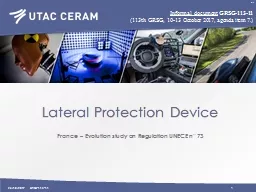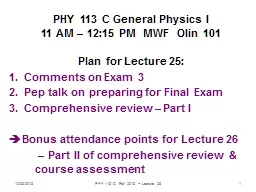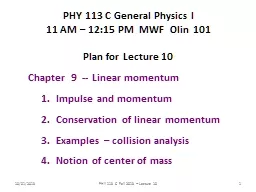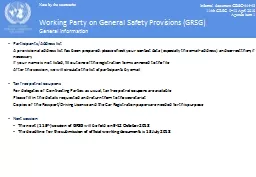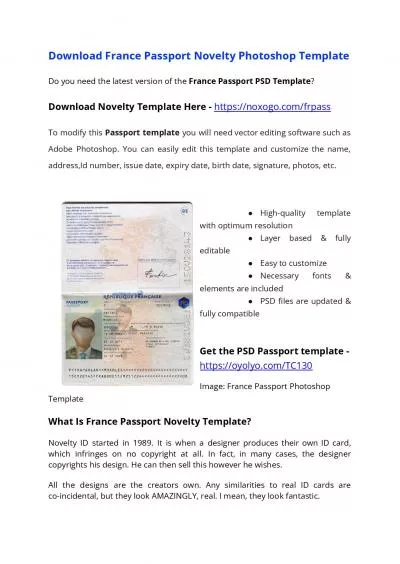PPT-26/10/2017 GRSG-113-11 Lateral Protection Device France – Evolution
Author : calandra-battersby | Published Date : 2019-11-04
26102017 GRSG11311 Lateral Protection Device France Evolution study on Regulation UNECE n 73 Informal document GRSG 11311 113 th GR SG 10 13 October 2017 agenda
Presentation Embed Code
Download Presentation
Download Presentation The PPT/PDF document "26/10/2017 GRSG-113-11 Lateral Protecti..." is the property of its rightful owner. Permission is granted to download and print the materials on this website for personal, non-commercial use only, and to display it on your personal computer provided you do not modify the materials and that you retain all copyright notices contained in the materials. By downloading content from our website, you accept the terms of this agreement.
26/10/2017 GRSG-113-11 Lateral Protection Device France – Evolution: Transcript
Download Rules Of Document
"26/10/2017 GRSG-113-11 Lateral Protection Device France – Evolution"The content belongs to its owner. You may download and print it for personal use, without modification, and keep all copyright notices. By downloading, you agree to these terms.
Related Documents

